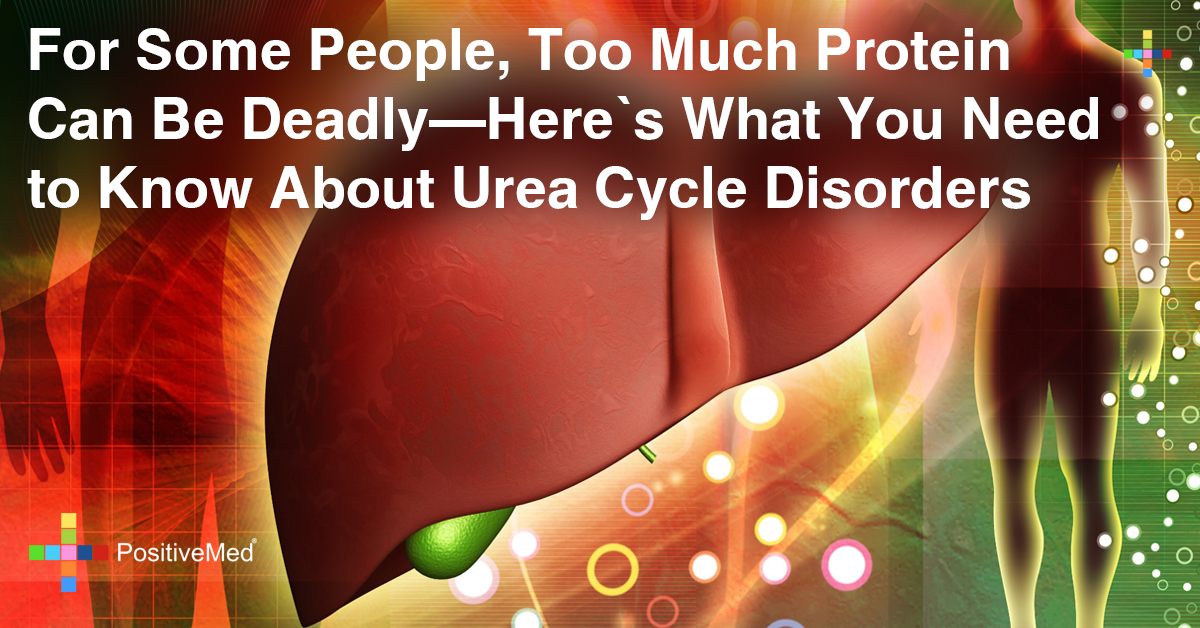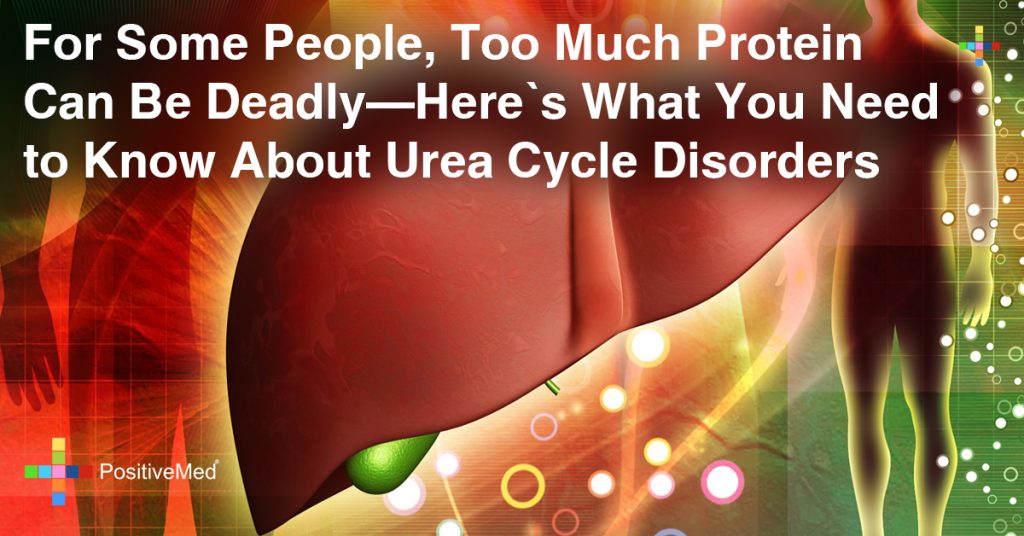Urea Cycle
The urea cycle disorders are a step-by-step biochemical process that our bodies use in order to get rid of specific waste. The body has to break down proteins on a regular basis. The proteins may come from certain foods or from older cells that must be replaced. Whenever the body breaks down protein, it creates another substance called ammonia.
Ammonia is a highly toxic substance and it’s extremely difficult to excrete from the body safely. This where the urea cycle comes into play. It converts ammonia into a less toxic substance called urea, which takes place in the liver.

Urea Cycle Disorders
If a protein that’s needed in the urea cycle isn’t working properly, it can result in a urea cycle disorder. When a urea cycle disorder occurs, ammonia will start to build up to dangerous levels. This is because it’s unable to be disposed of normally through the urea cycle.
Types
There are multiple types of these disorders that may occur, whether it’s due to a birth defect or genetics.
Here is a brief list of the types of urea cycle disorders:
- Arginase (ARG1)
- Ornithine translocase (ORNT1)
- Argininosuccinic acid synthetase (ASS1)
- Ornithine transcarbamylase (OTC)
- Carbamoyl phosphate synthetase I (CPS1)
- N-acetylglutamate synthase (NAGS)
- Citrin
Symptoms of a Urea Cycle Disorder
These disorders usually cause symptoms that affect both the brain and the nervous system. The severity of the disorder and the symptoms depend on two factors; the severity of the enzyme and genetic defect. There are rare cases where someone has proteins that either work poorly or not at all.
The symptoms may include:
- Organ failure
- Vomiting
- Unable to eat
- Seizures
- Coma
- Death
Diagnosis
Diagnosing a urea cycle disorder starts with a careful examination of medical history, a physical exam and medical testing. The doctor is going to need a thorough understanding of the symptoms you’re experiencing and any potential signs to the disorder.
Whenever someone begins experiencing random psychiatric or neurological symptoms, a doctor has to take into consideration the possibility of abnormal levels of ammonia.
Treatment
As soon as a urea cycle disorder is first detected, it’s crucial that the ammonia levels are decreased. A form of dialysis will be needed to reduce the amount of ammonia in your blood quickly.
However, the type of dialysis that’s used depends on your age, availability and how severe the illness is. In very severe cases, the only way to treat this disorder is with a liver transplant.
Final Words
Learning that your child has a severe genetic disease is something no parent wants to hear. Most patients are diagnosed when they’re extremely ill and require immediate medical attention. However, you’re not alone as there are many other families who have and are still going through the same thing.






